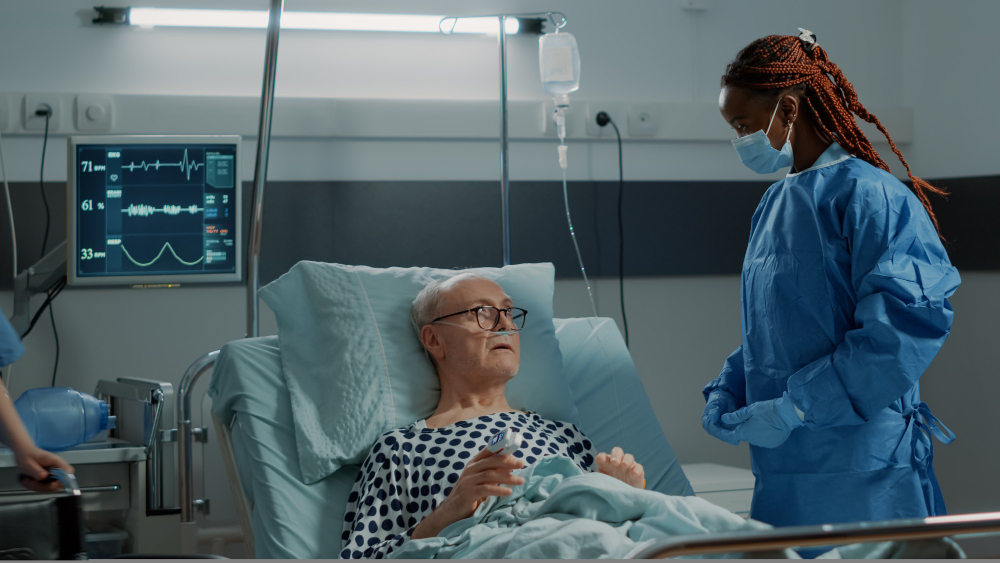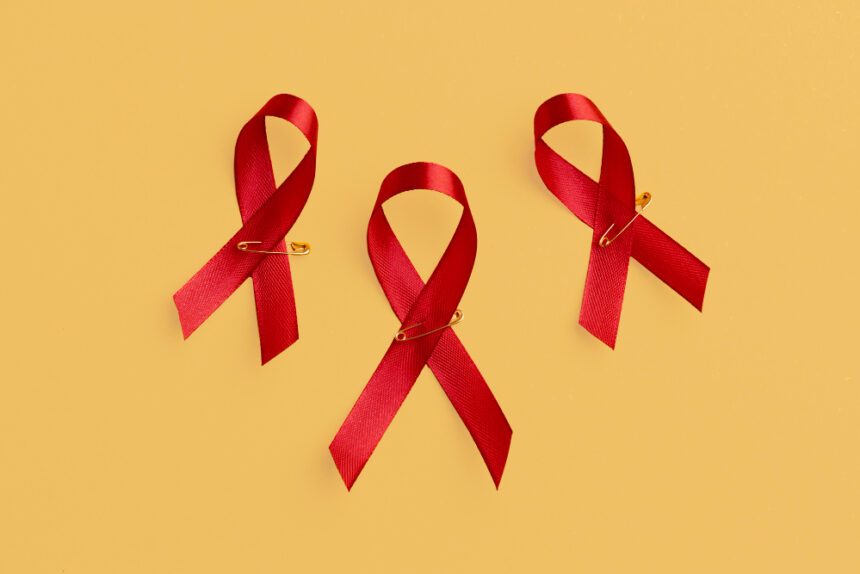Cancer remains one of the most pressing health concerns of the modern world. It affects millions of individuals globally and brings emotional, physical, and financial burdens to patients and their families. Over the decades, medical science has evolved tremendously in the fight against cancer. While treatment options have significantly improved, one crucial area that consistently stands out in improving survival rates is early detection through screening.
In recent years, awareness campaigns and healthcare policies have increasingly emphasized the importance of recognizing cancer in its earliest stages. Detecting cancer before it spreads or becomes more aggressive can be the difference between life and death.
From routine check-ups to advanced imaging technologies, the tools available for screening today can make a significant difference in a patient’s outcome. This comprehensive article explores how early detection and screening enhance cancer outcomes and why these strategies should be integral to every nation’s healthcare framework.
Understanding Cancer and Its Global Impact
Cancer is a group of diseases characterized by the uncontrolled growth and spread of abnormal cells in the body. If the spread is not controlled, it can lead to death. The most common types of cancer include breast cancer, lung cancer, prostate cancer, colon cancer, and skin cancer. Each type has different causes, symptoms, and treatment options, but a common thread across all cancers is the benefit of early detection.
Globally, cancer is the second leading cause of death, following cardiovascular diseases. According to the World Health Organization, cancer accounted for nearly 10 million deaths in 2020. The burden of cancer continues to grow, largely driven by factors such as aging populations, lifestyle choices, environmental exposure, and genetics.
Despite the grim statistics, the survival rates for many cancers have improved over the past few decades. One of the key reasons behind this improvement is the focus on early diagnosis and screening.
What is Cancer Screening?
Cancer screening refers to the process of looking for cancer before a person has any symptoms. The goal is to find cancers at an early stage when they are easier to treat. In some cases, screening can detect precancerous changes, allowing for interventions that prevent cancer from developing altogether.
Different types of cancer have different recommended screening methods. For instance:
- Breast cancer can often be detected early through mammography.
- Cervical cancer is typically identified via Pap smears and HPV testing.
- Colorectal cancer can be found through colonoscopies or fecal occult blood tests.
- Lung cancer, especially in high-risk individuals, may be screened using low-dose computed tomography (LDCT).
These screenings are usually recommended based on a person’s age, risk factors, and family history. When implemented on a large scale, cancer screening programs can significantly reduce the number of people who die from the disease.
Why Early Detection is Vital in the Fight Against Cancer
The earlier cancer is detected, the greater the chance of successful treatment. When tumors are small and have not yet spread, surgical removal, radiation therapy, or other treatments are more likely to be effective. In contrast, cancers detected at later stages often require more aggressive and complex treatment regimens, which may not always be successful.
Several studies have demonstrated that early detection leads to improved survival rates. For example, the five-year survival rate for breast cancer detected at stage 1 is nearly 100%, while it drops significantly for cancers discovered at stage 4. Similarly, colorectal cancers found early can often be completely cured, whereas advanced cases may be harder to treat and more likely to recur.
The Science Behind Screening and Early Detection
Advancements in medical science have made it possible to detect cancer with high accuracy using a variety of techniques. These include imaging technologies, blood tests, genetic testing, and biopsies. The science behind early detection continues to evolve with the introduction of biomarkers and liquid biopsies that can detect cancer-related changes in the blood even before symptoms appear.
Imaging techniques such as mammograms, CT scans, and MRIs are vital tools for spotting tumors that might otherwise go unnoticed. Genetic testing, on the other hand, helps identify individuals who may be predisposed to certain cancers due to inherited gene mutations, such as BRCA1 and BRCA2 for breast and ovarian cancers.
Liquid biopsies, which analyze circulating tumor DNA in the blood, are an exciting frontier in early cancer detection. These non-invasive tests offer the potential to detect multiple cancer types from a single blood draw, making them a powerful tool for future screening programs.
The Role of Risk Factors in Screening Decisions
Not everyone needs to be screened for every type of cancer. Medical guidelines often tailor screening recommendations based on risk factors such as age, gender, family history, and lifestyle choices. For example, smokers are advised to undergo regular lung cancer screenings, while women over 40 are generally encouraged to have annual or biennial mammograms.
Understanding these risk factors helps healthcare providers recommend personalized screening plans. People with a family history of colorectal cancer may start colonoscopies earlier than the general population. Similarly, those with known genetic mutations may undergo more frequent or specialized screenings.
Risk stratification ensures that resources are used effectively and that individuals at the highest risk are prioritized for early detection measures.
Challenges and Limitations of Screening

Despite the clear benefits, cancer screening is not without its challenges. False positives, false negatives, overdiagnosis, and the associated anxiety can complicate the screening process. A false positive result can lead to unnecessary tests, biopsies, and even treatments, which may not be without risks. False negatives, on the other hand, can provide false reassurance and delay necessary treatment.
Overdiagnosis is another concern. Sometimes, screening detects slow-growing tumors that may never cause symptoms or lead to death. Treating such tumors can result in overtreatment, causing unnecessary physical and emotional strain on patients.
Access to screening also varies across populations and geographic regions. In some countries or communities, individuals may not have access to regular check-ups or diagnostic tools due to cost, lack of infrastructure, or limited awareness. These disparities must be addressed through policy interventions, public health campaigns, and international cooperation.
Public Health Campaigns and Community Awareness
Raising awareness about the importance of early cancer detection is crucial. Public health campaigns play a significant role in educating individuals about the signs and symptoms of cancer, the availability of screening tests, and the benefits of regular check-ups.
Many successful campaigns have helped normalize discussions around cancer, breaking down taboos and encouraging proactive health behavior. Events like Breast Cancer Awareness Month or World Cancer Day remind the public of the importance of vigilance and screening.
Community-based programs, particularly in underserved regions, can also help improve participation in screening. Mobile screening units, local clinics, and educational outreach programs can make early detection more accessible to vulnerable populations.
The Economic Benefits of Early Detection
From an economic standpoint, early cancer detection can lead to significant cost savings for healthcare systems. Treating cancer in its early stages is generally less expensive than treating advanced cancers, which may require intensive therapies, long hospital stays, and palliative care.
For patients and their families, early detection can reduce the financial strain of cancer treatment. Medical bills, loss of income, and caregiving costs can add up quickly, especially in cases where treatment is prolonged or complex. By identifying cancer early, many of these costs can be avoided or minimized.
Furthermore, maintaining a healthy, productive workforce is essential for economic growth. Early detection programs that keep people healthy and working can have broad benefits for society as a whole.
Personalized Screening: The Future of Early Detection
The future of cancer screening lies in personalization. As we learn more about how cancer develops and progresses, screening methods can be tailored to the individual, considering their genetics, lifestyle, and medical history.
Artificial intelligence and machine learning are beginning to play a role in analyzing imaging results and predicting cancer risk. AI tools can enhance the accuracy of mammograms, CT scans, and MRIs, reducing the number of missed cases and false positives. These technologies can also help identify subtle changes that may indicate the earliest signs of cancer.
Researchers are also working on multi-cancer early detection (MCED) tests, which aim to identify multiple types of cancer from a single blood sample. These tests, still in clinical development, have the potential to revolutionize the way we screen for cancer.
As technology evolves, we can expect cancer screening to become faster, more accurate, and more widely accessible.
Real-Life Stories: The Power of Early Detection
Behind every statistic is a real person whose life was impacted by cancer. Countless survivors owe their recovery to early detection. Stories of individuals who caught their cancer early, received timely treatment, and went on to live full, healthy lives serve as powerful reminders of why screening is so important.
Take the example of a woman who underwent a routine mammogram and discovered a small tumor that had not yet caused symptoms. Thanks to early detection, her cancer was removed with a minor procedure, and she avoided chemotherapy or more invasive treatments.
Or consider a man whose routine colonoscopy revealed precancerous polyps. By removing them early, he prevented cancer from developing entirely. These stories are not just inspiring—they demonstrate the tangible value of proactive health care.
Encouraging a Culture of Prevention
Shifting the healthcare mindset from treatment to prevention is essential for long-term cancer control. Early detection through regular screening should be seen as a proactive, empowering step rather than a response to illness.
Encouraging people to talk to their doctors about cancer risk, ask questions, and schedule screenings is vital. It also helps to dispel myths or fears that might prevent someone from seeking care. Culturally sensitive education and communication can help overcome barriers in communities where discussions about cancer are considered taboo.
Building a culture of prevention requires support from governments, healthcare providers, non-profits, and media organizations. When the message is clear and consistent, people are more likely to take action and participate in screening programs.
Moving Forward: Policy, Innovation, and Equity
As the world continues to fight cancer, the importance of early detection must remain a global health priority. Governments and health organizations must invest in infrastructure, training, and public awareness to expand the reach of cancer screening services.
Innovations in diagnostics and data analytics can make early detection more precise and efficient. At the same time, policymakers must ensure that these tools are accessible to all, regardless of socioeconomic status or geographic location.
Equity in cancer care means closing the gap between those who benefit from early detection and those who don’t. It means ensuring that rural populations, minorities, and economically disadvantaged groups receive the same opportunities for early diagnosis and treatment as anyone else.
The future of cancer outcomes lies in a balanced approach—one that combines advanced technology with compassion, science with outreach, and innovation with inclusivity.
Conclusion: Empowering Lives Through Early Cancer Detection
Cancer may be one of the most formidable diseases of our time, but it is not invincible. With the right tools, strategies, and awareness, we can catch it early—before it becomes life-threatening. Early detection and routine screening are among the most effective weapons we have in improving cancer outcomes.
By investing in public health education, advancing medical technologies, and making screening widely available, we give individuals a better chance at life. The goal is not just to extend survival but to enhance the quality of life for people affected by cancer.
In the end, early detection isn’t just about finding cancer sooner—it’s about giving people hope, empowering communities, and changing the narrative from fear to prevention. Every person screened, every tumor caught early, and every life saved is a step toward a world where cancer no longer has the upper hand.
Would you like me to help you format this post for WordPress or optimize images and meta tags as well?

